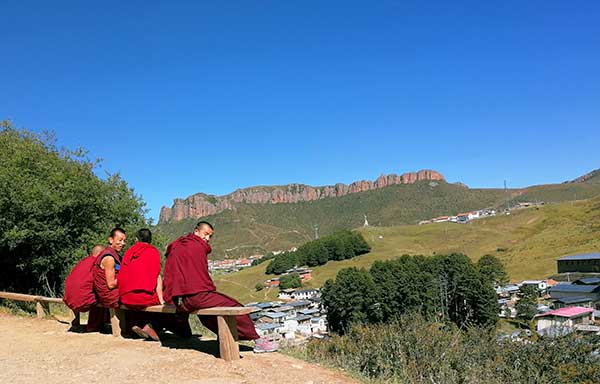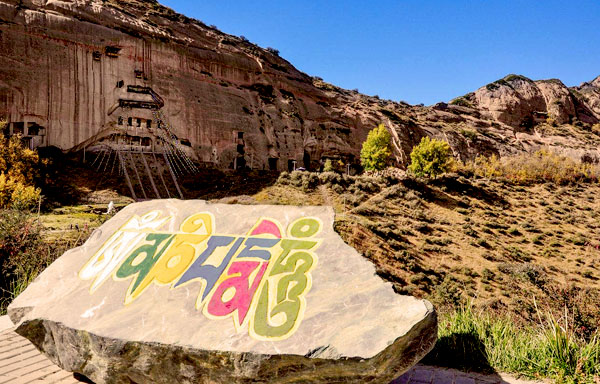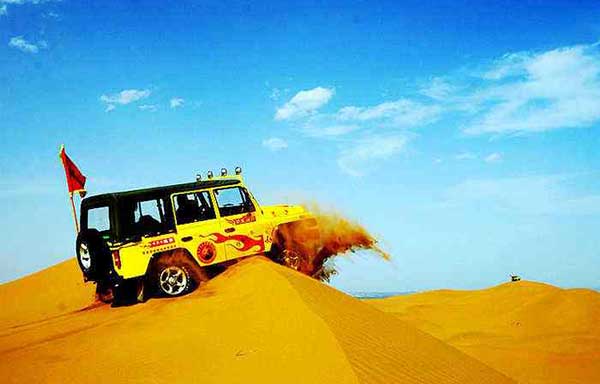- By admin
- In DunhuangArt
- 2016-05-15
Dunhuang art -- Bodhisattva with censer, ink and colours on a silk banner

From Cave 17, Mogao, near Dunhuang, Gansu province, China
Tang dynasty, late 9th century AD
A popular subject for worship
This is the painted area of a
Here the bodhisattva holds a censer in his left hand of the type of which actual examples were excavated in places such as the Famensi temple near Xi'an. Donors are also often shown holding similar ce
Other banners show almost identical bodhisattva figures, clearly indicating that stencils or pounces were used to make such paintings at Dunhuang.
R. Whitfield, Art of Central Asia: The Ste-2, vol. 1 (Tokyo, Kodansha International Ltd., 1982-85)
R. Whitfield and A. Farrer, Caves of the thousand Buddhas: (London, The British Museum Press, 1990)
Related destinations
Why Choose Us?
We are the top Silk Road tour operator based in Dunhuang, China. We focus on providing well designed Silk Road China Tours with resonable price and thoughtful service.
- Easy & carefree booking
- The best value
- Great travel experience
- Locally operated
Hot Tours
-

6 days Gansu tour to Binglingsi, Xiahe and Langmusi
Tour type : Private tour Price : from *** Destinations : Lanzhou - linxia - Xiahe - Langmusi - Hezuo - Lanzhou -

12 Days Gansu Highlights Tour
Tour type : Private tour Price : from *** Destinations : Xian – Tianshui – Lanzhou – Xiahe – Langmusi – Hezuo – Zhangye – Jiayuguan - Dunhuang -

10 Days Silk Road Classic Tour
Tour type : Private tour Price : from *** Destinations : Xian - Zhangye - Jiayuguan - Dunhuang - Turpan - Urumqi -

5 Days Zhangye - Alxa youqi Highlights Tour
Tour type : Private Tour Price : from *** Destinations : Zhangye - Alax youqi - Zhangye

